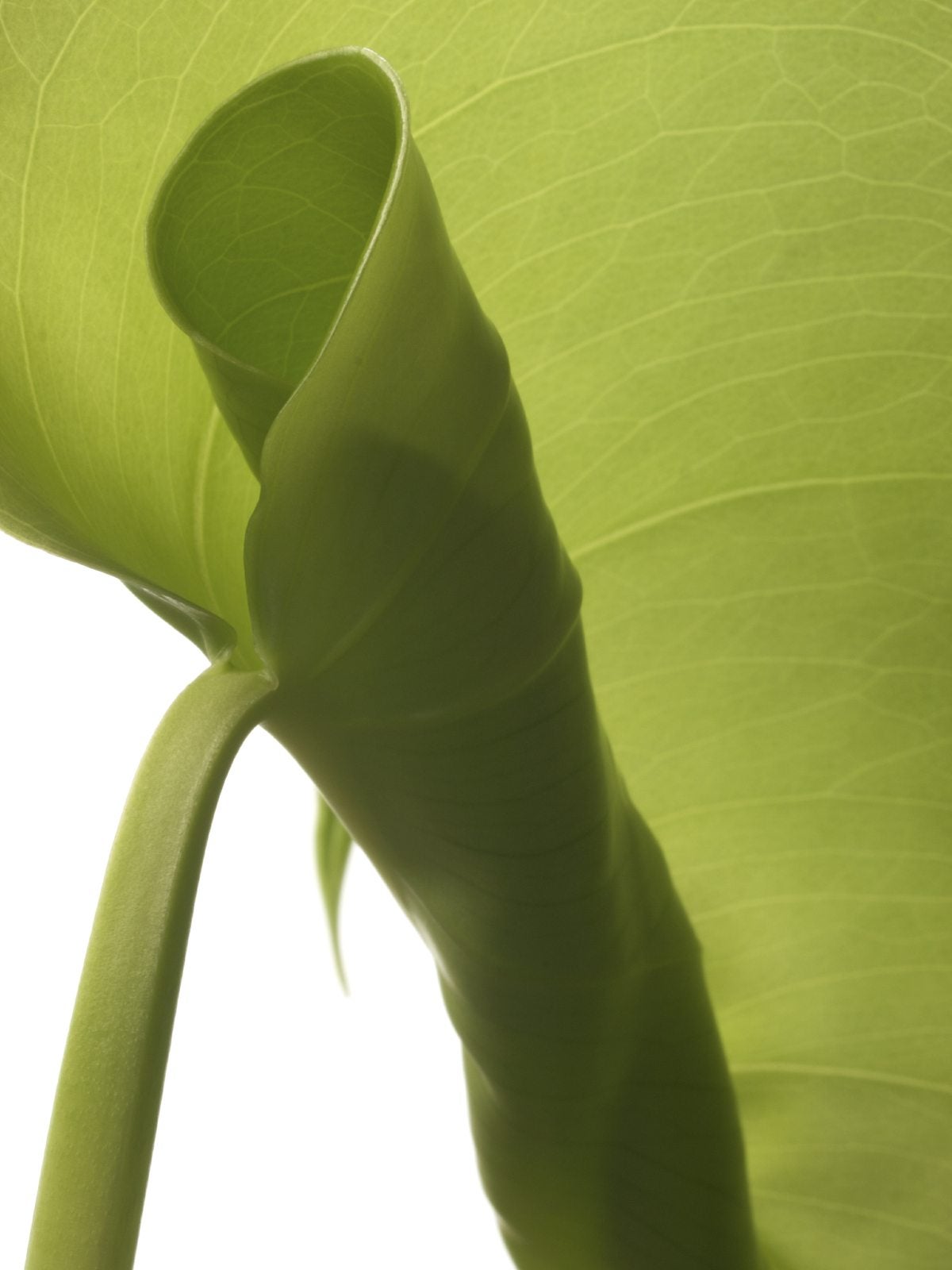Leaf Curl On Rubber Plants: What Causes Rubber Plant Leaves To Curl


Rubber plant (Ficus elastica) is a distinctive plant easily recognized by its upright growth habit and thick, glossy, deep green leaves. Rubber plant thrives outdoors in USDA plant hardiness zones 10 and 11, but is grown as an indoor plant in most climates. Although it's relatively trouble-free, it can fall prey to various pests and diseases that can cause leaf curl on rubber plants. What causes rubber plant leaves to curl? There are several possible reasons.
Why Do Rubber Tree Leaves Curl?
Below are some of the most common reasons for leaf curl on rubber plants: Chemical exposure – Rubber plants are susceptible to gas fumes, pesticides and other chemicals, even when toxicity levels are indiscernible by humans. Similarly, contaminants in garden soil or potting soil may cause leaf curl on rubber plants. Repotting in fresh soil may be necessary. Improper watering – Both over- and under-watering can cause leaf curl on rubber plants. Allow the soil to dry slightly between watering, then water deeply, using room temperature water, until water leaks through the drainage hole. If the soil feels moist, wait another day or two before watering. Even less water is needed during fall and winter, but don’t allow the soil to become bone dry. Low humidity – Indoor rubber tree plant leaves curling may be a result of dry indoor air. A humidity tray can raise the moisture level around the plant. To make a humidity tray, place a layer of gravel or pebbles in a shallow tray or dish, then set the pot on the pebbles. Add water to the tray to keep the pebbles consistently wet, but don’t allow the bottom of the pot to touch the water, as moisture can leach up the drainage hole and rot the plant. Pests – Small insects, such as aphids, spider mites and scale, may be what causes rubber tree leaves to curl. Inspect the plant carefully, especially the undersides of leaves and the points where leaves meet the stems. Most pests are easily controlled by spraying with insecticidal soap spray. Commercial products are best because they are carefully formulated for use on plants. If you make your own spray, a mild solution is best. Be sure soap is free of color, fragrance and other additives that may harm the plant. Don’t spray the plants during hot weather or when the sun is directly on the leaves. Environmental changes – A temperature change or a sudden move to another room may be responsible for a rubber plant with curling leaves. Watch out for excessive heat and cold, and protect the plant from drafts and cold windows. Rubber plants prefer bright, indirect light. Hot afternoon light may be too intense. Cleaning products – Avoid commercial leaf shine products, which can clog the pores and cause leaf curl on rubber plants. A moist cloth safely removes dust and keeps leaves shiny.
Sign up for the Gardening Know How newsletter today and receive a free copy of our e-book "How to Grow Delicious Tomatoes".

A Credentialed Garden Writer, Mary H. Dyer was with Gardening Know How in the very beginning, publishing articles as early as 2007.